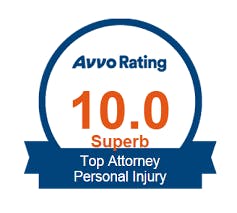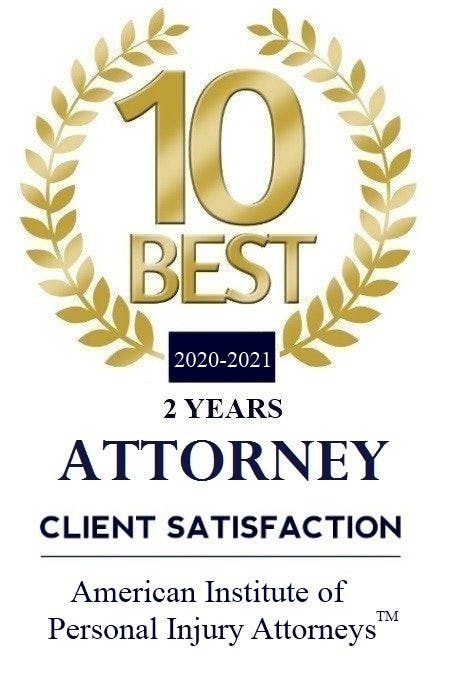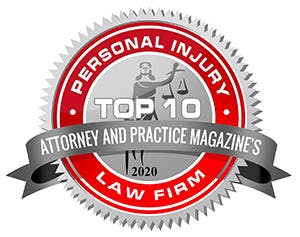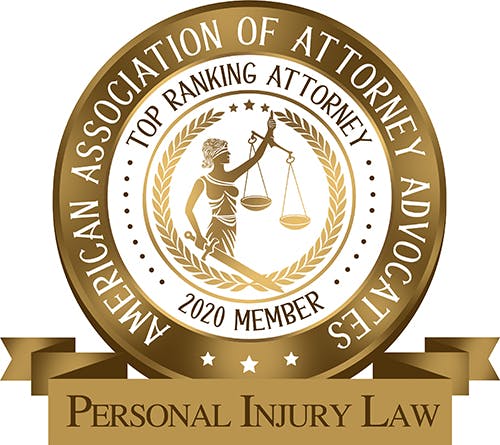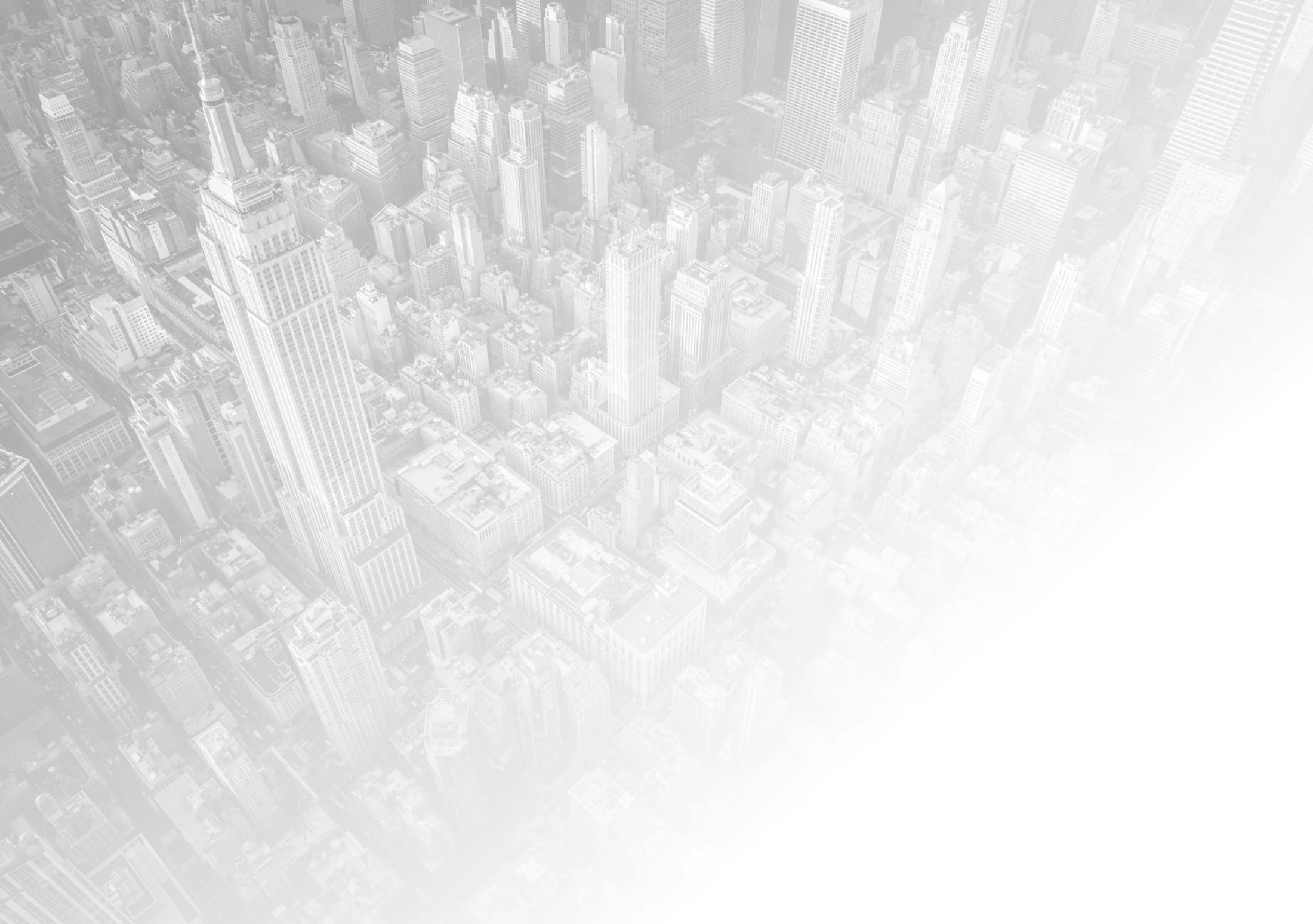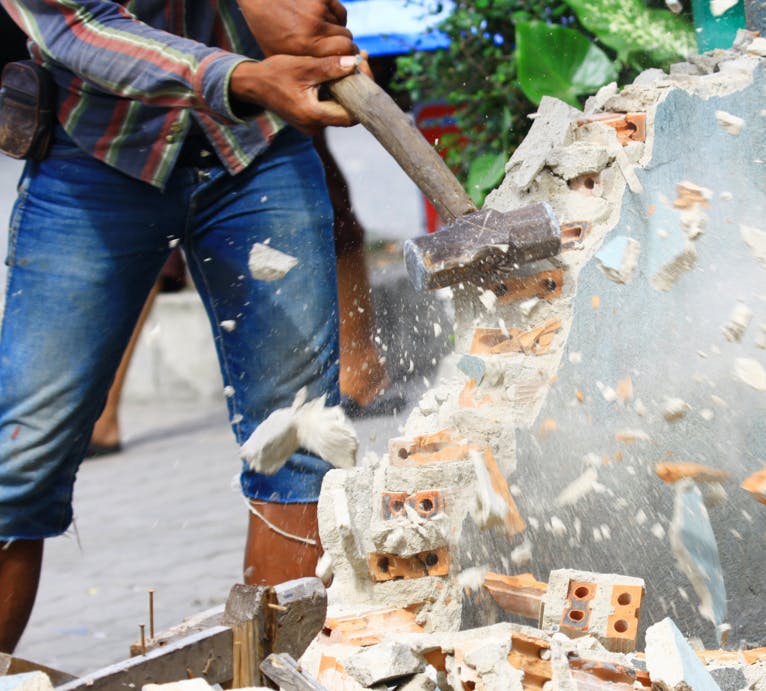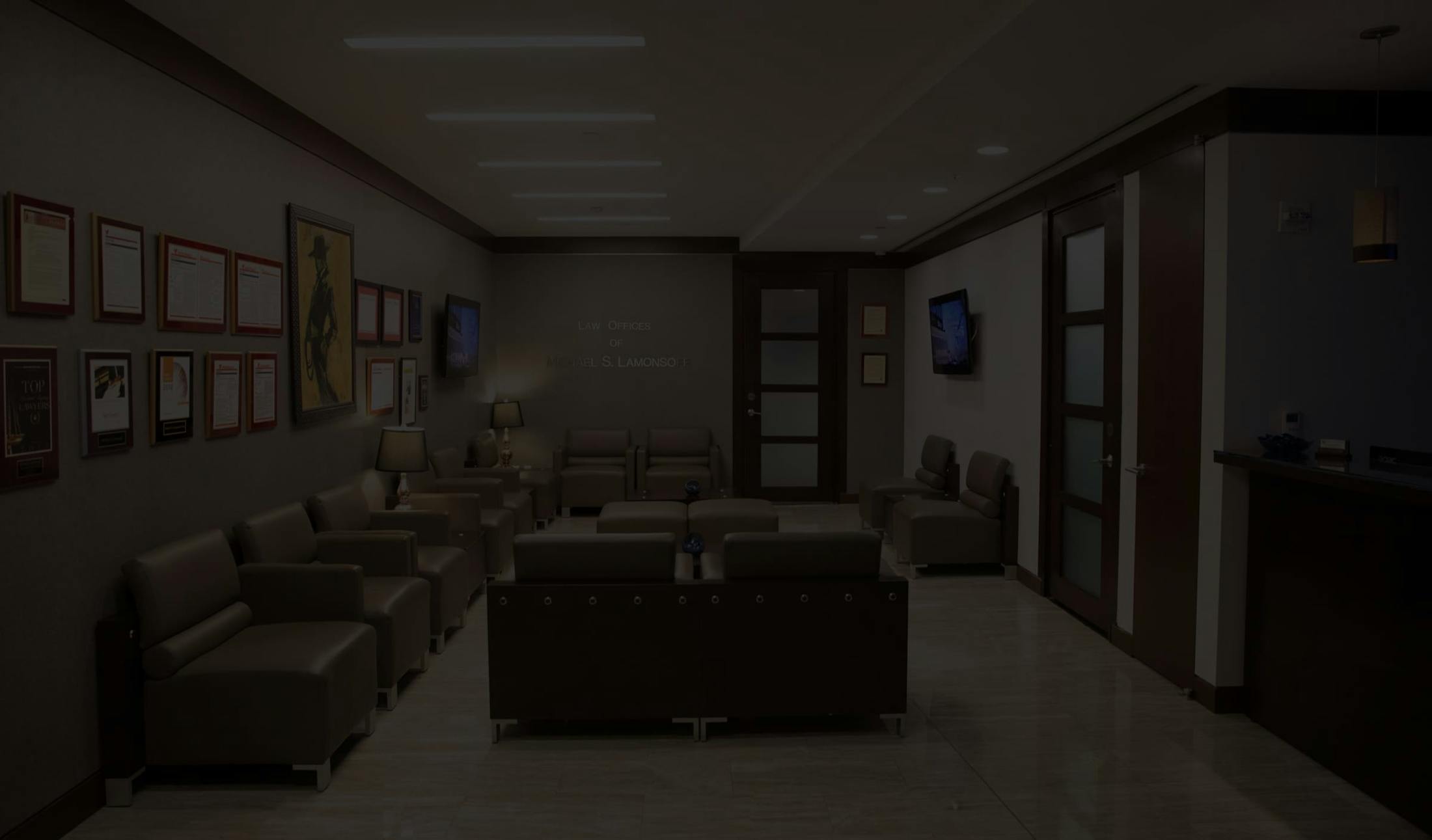Demolition accidents in New York may stem from a variety of interrelated causes that reflect inadequate planning or execution by the contractor.
New York Laws to Protect Construction Workers Injured in Demolition Accidents
New York has several laws specifically designed to protect construction workers engaged in demolition:
- New York Labor Law Section 240 (The Scaffold Law): This law imposes absolute liability on employers and property owners for failing to provide adequate fall protection, including harnesses, guardrails, and safety nets. It applies strongly to demolition work, where fall hazards are frequent.
- New York Labor Law Section 241: Requires adherence to the New York Industrial Code, which contains detailed demolition-specific safety standards. Violations may constitute negligence per se, simplifying injured workers’ claims.
- Workers’ Compensation: Injured demolition workers are generally entitled to benefits covering medical care and partial wage replacement regardless of fault.
- Third-Party Liability Claims: When another party’s negligence caused the accident, such as a subcontractor’s faulty work, a defective machine manufacturer, or a negligent property owner, workers may pursue civil lawsuits for additional compensation.
New York courts have consistently recognized the high-risk nature of demolition work and frequently interpret these statutes to enhance worker protections and maximize compensation for injured laborers.





